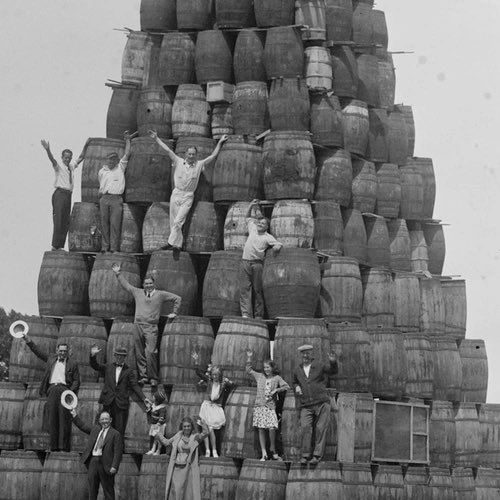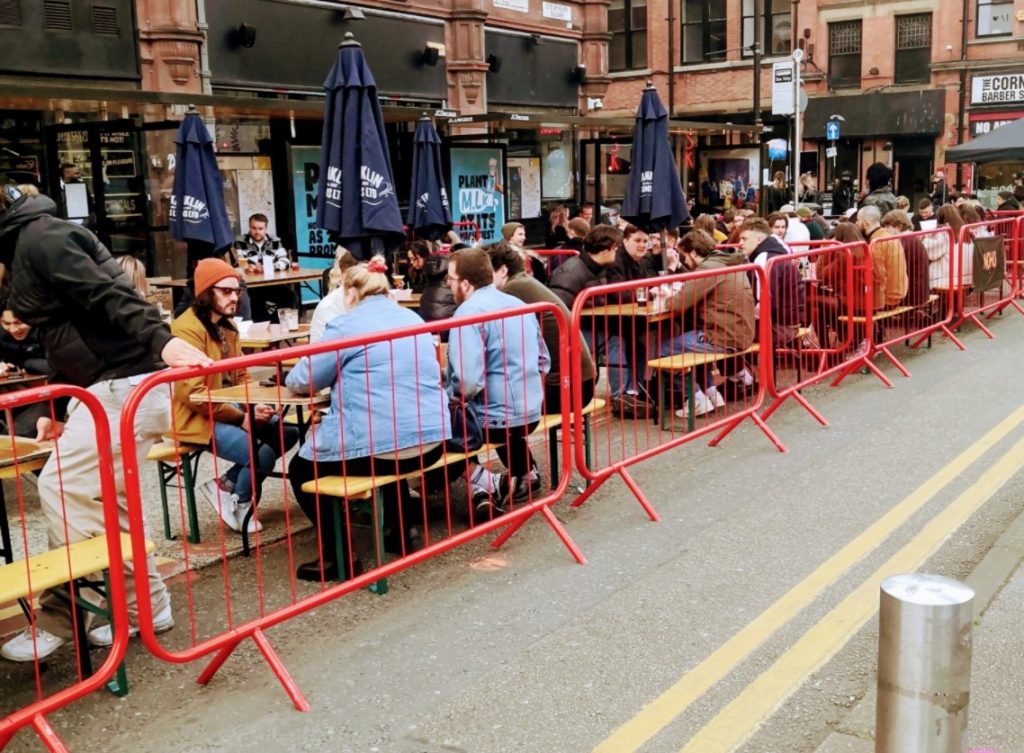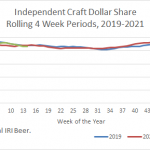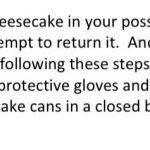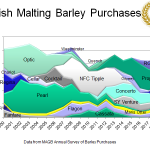 OK, I took the week off to burn off vacation days. No plan. Sure, I had a few things I could do on a list but I got through that list by about 11:15 am on Monday. Hmm… what to do… what to do… oh, the World Cup is on! I really didn’t plan as I have not been paying attention. Because it’s all so corrupt… that game I played from the elementary school yard until I was 44 or so a decade and a half ago. That the old man played for Greenock Academy, losing to Falkirk in 1946’s championship at Hampden Park. Less fabulously, there I am with my pal in 1986, just over half my life and just under half my body mass ago at the end of a game heading to the tav… I miss those socks. Anyway, so I watched some fitba this week sitting in the basement. Should I have gone to a pub to watch? Maybe. Might still. I love the idea of having a favourite seat for this sort of thing. I had one until twenty years ago in a tavern in my old stomping ground in PEI. I can think of another in Halifax NS maybe 40 years ago. Comfy corners where the shoulders can nestle in. Martin found one, too, the one up there at the Dog & Partridge:
OK, I took the week off to burn off vacation days. No plan. Sure, I had a few things I could do on a list but I got through that list by about 11:15 am on Monday. Hmm… what to do… what to do… oh, the World Cup is on! I really didn’t plan as I have not been paying attention. Because it’s all so corrupt… that game I played from the elementary school yard until I was 44 or so a decade and a half ago. That the old man played for Greenock Academy, losing to Falkirk in 1946’s championship at Hampden Park. Less fabulously, there I am with my pal in 1986, just over half my life and just under half my body mass ago at the end of a game heading to the tav… I miss those socks. Anyway, so I watched some fitba this week sitting in the basement. Should I have gone to a pub to watch? Maybe. Might still. I love the idea of having a favourite seat for this sort of thing. I had one until twenty years ago in a tavern in my old stomping ground in PEI. I can think of another in Halifax NS maybe 40 years ago. Comfy corners where the shoulders can nestle in. Martin found one, too, the one up there at the Dog & Partridge:
Perhaps I just wanted to sit in my favourite Sheffield pub room.
What else happened this week? Well, first I am not sure why Budweiser thinks beer is something that can be donated as noted on to Johan Roux’s Mastodon feed (with the h/t):
#Budweiser will donate all of the #beer brewed for the #WorldCup to the winning country. It is also expected that the company will sue #FIFA because of a breach of contract – the sale of beer was banned a few days before the start of the championship. In total, Budweiser will donate tens of tons of beer worth 75 million euros.
And I listened to the Beer Ladies Podcast interview of John, The Beer Nut and I was struck by something. It was one of the best podcasts I had ever heard. Not because of John… or, rather, not due to John or… well, he does sort of giggle, doesn’t he. No, what I mean is that it was so well done technically. A second of dead air between comments was just allowed to be a silence. No one jumping on the other. Nothing forced. Lovely pace to the discussion.
AND… Ray of Boak and Bailey wrote one of the best Patreon essays I’ve read of theirs. A really good piece of writing about realizing his father was no longer at an age when a pub crawl was possible.
I didn’t drink myself until I was 20 which Dad found pretty weird, along with almost everything else about me, I suppose. We always got on but didn’t have much to talk about, or anything to do together other than watch telly. When I finally did start drinking, and got into beer, something clicked. Suddenly, he could take me to The Railwayman’s Club, The Commercial Inn or The Rebel’s Retreat in Bridgwater. There, he taught me to drink ‘properly’: “Blood hell, son – chat chat chat, chug chug chug, chat chat chat!” And when he came to visit me in London, I got to show him the pubs I’d found. (Where he’d often be able to wangle a lock-in.)
Fabulous – and also sad in that way that a rich life is aware of its own passing. My folks passed a decade ago and I can recall the creeping feeling leading up to their deaths of the slow loss of sharing, in my case including soccer games and a kitchen filled with cooking.
Speaking of excellent writing, it is the case that there are good writers who don’t necessarily have much to say. There are also those poorer writers who struggle along working out what are really more interesting ideas.¹ But it is a real treat when the good idea meets the skillful writer like they do in this week’s wonderful feature at Pellicle, David Jesudason’s lengthily titled “Please Don’t Take Me Home — How Black Country Desi Pub Culture Made Football More Diverse“:
Oddly, desi pubs are usually very British in terms of decor; the Red Cow run by Bera Mahli since 2010 (who also worked in Birmid for a short time before he went into the pub trade) has two traditional lounge bars. They can also be reworked to look like an old-fashioned Indian club-style bar like in the Prince of Wales on West Bromwich high street. My 15-minute conversation with Steve at the Red Cow was deeply touching—we hugged—as he’s so passionate about making sure non-white fans are safe during the match, and is one of the many Sikhs who have ensured West Brom is home to one of the most diverse football crowds in the country.
It’s a story that has a lot of commonality with Ray’s thoughts when you thing about it. The only way I can describe the commonality between David’s piece, Ray’s thoughts and the Beer Ladies Podcast interview discussed above is a calmness in the moment. There are none of the burdens.² ³ ⁴ No, in this piece like all the best sort of writing there is also a person and a moment. The scene being seen. I’d be at this pub regularly… if it was in my town… and if Canada has the same sort of pub life… which it doesn’t.⁵ Le sigh.
Ghost of beer scenes past? Eoghan wrote this about an article on Belgian beer:
…I love the classics as much as the next person, and Belgian beer moves more slowly than other places, but there is a world of interesting beers beyond the Trappists and Saison Dupont – brewers/importers, where is your curiosity?
The article in Imbibe mag in part painted a picture of decline, the same one that could have been about brown ale and other darlings of the past shunted aside by craft’s obsession about what was big in, you know, the last six weeks:
Over the last half-decade, Belgian beer’s wattage has dimmed stateside. Saisons have struggled to find traction and comprehension. Local breweries and taprooms have proliferated, negating the need for beer imported from across the Atlantic. To that point, Anheuser-Busch InBev is now producing Stella Artois stateside, and Spencer Brewery, America’s only Trappist brewery, ceased operations in Massachusetts this year. According to a website statement, “The monks of St. Joseph’s Abbey have come to the sad conclusion that brewing is not a viable industry for us.”
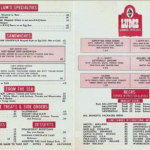 What else is going on? Speaking of ghosts, Jenny P. posted a menu from a Q3 20C US steakhouse chain called Lums Restaurant and, well would you look at that, found a very interesting beer list. Click on that. Notice something? Not lager led. A balance of ales and lagers. The idea that post-WW2 beer in the US was all about the macro gak is one of the laziest tropes in American brewing history.⁶
What else is going on? Speaking of ghosts, Jenny P. posted a menu from a Q3 20C US steakhouse chain called Lums Restaurant and, well would you look at that, found a very interesting beer list. Click on that. Notice something? Not lager led. A balance of ales and lagers. The idea that post-WW2 beer in the US was all about the macro gak is one of the laziest tropes in American brewing history.⁶
Perhaps by way of contrast, Will Cleveland wrote a great story about a Montana beer co with one product – a light lager – both called Montucky Cold Snacks:
Zeitner said the banks laughed at them initially. “They were like, ‘We’re not going to give you a million dollars to compete against Budweiser or PBR. Are you crazy?” Of course, they are the only ones laughing now. That’s evidenced by some of the ridiculously kitschy and awesome Montucky Cold Snacks merchandise the brewery sells, including pool floats, dog toys, sunglasses, onesies, hats, and a wide variety of other stuff. The rejection caused Zeitner and Gregory to re-examine their plan. They realized that PBR doesn’t brew its own beer, helping them consider a similar, albeit much smaller, path.
Finally, Twitter death march update. Boak and Bailey spoke of their troubles with Le Twit in their November newsletter⁷ which is really also worth a read. This is just a sliver of their thoughts:
We even had a Twitter-fuelled stalking incident – a real low point, and a wake-up call. We started unfollowing, muting and blocking people more freely. Having a word with ourselves, we also learned not to respond to every narky Tweet. Just because people wanted to argue with us didn’t mean we had to play. And we reduced our usage of the site overall. For the past few years, we’ve rolled our eyes at people complaining about the “toxic” nature of “beer Twitter”. Like many things, it’s as good as the effort you put into it. Share the kind of things you want to see, resist the urge to contribute to the cycle of gloom, and it can be A Good Thing. But now, Twitter might be dying.
There’s a lot of good reason to leave right there. But I ain’t goin. No sir-ee. The other day the damn blue bird app was flickering on and off like a bad lightbulb. But I’m still here. If you are concerned and want other sources, please check out the updates from Boak and Bailey hopefully now again mostly every Saturday and also from Stan more now on a Monday than almost ever! Check out the weekly and highly recommented Beer Ladies Podcast. The OCBG Podcast is on a very quiet schedule these days – but it’s coming back soon. See also sometimes, on a Friday, posts at The Fizz as well (Ed.: we are told ‘tis gone to 404 bloggy podcast heaven… gone to the 404 bloggy podcast farm to play with other puppies.) And the long standing Beervana podcast (Ed.: which I have missed from this list for some unknown reason.) There is the Boys Are From Märzen podcast too and check out the travel vids at Ontario’s own A Quick Beer. There is a monthly sort of round up at The Glass. (Ed.: that seems to be dead now… nope, there was a post on July 25th… in 2022 even.) There is more from DaftAboutCraft‘s podcast, too. And sign up for Katie’s (Ed.: now very) irregular newsletter, The Gulp, too. And check out the Atlantic Canada Beer Blog‘s weekly roundup. Still gearing up, the recently revived All About Beer has introduced a podcast, too. (Ed.: give it a few weeks to settle in and not be as agreeable… not sure this went very far…) Plus follow the venerable Full Pint podcast. And the Craft Beer Channel this week on Youtube. Plus Fermentation Radio with Emma Inch. The AfroBeerChick podcast as well! And also look at Brewsround and Cabin Fever. And Ben has his own podcast, Beer and Badword (Ed.: …notice of revival of which has been given… still not on the radio dial…) And remember BeerEdge, too, and The Moon Under Water. There was also the Beer O’clock Show but that’s now gone after a ten year run… no, it is back and here is the link!
¹ I used to have a book of letters of Alfred North Whitehead and took great comfort in one written to Bertrand Russell in which he praised the B student over those in the top of the class for being a source of far more interesting ideas, just put a bit poorly.
² The shouty “WHY THIS IS IMPORTANT”foolishness plumping up a dull PR piece. It never is.
³ Or the copycat drive-by bill-paying article, research done from a distance, often based on Twitter polls or email “interviews” of a sort: “I reached out to…” No doubt financially necessary and not always horrible if done well.
⁴ Or, the worst, that “mystery” stuff which is virtually a declaration that a beer writer has given up. Smacks of clairvoyants and spiritualists… “woooa… you need to speak with a beer consultant…” [insert unexpected creaky noise] “…only then will you understand… woooaha000…“
⁵ Because soccer and cooking! Being a perceived majoritarian but a first-gen freckled, identity is a thing. In work, friends and family I gravitate to these inclusive relationships and moments but it can also still get the awkward in return. I don’t care as much anymore. Alongside the homemade mince and tatties, the homemade curries of my Mississauga youth were legit even if they hopscotched (literally) from a great-granddad in 1890s India, through 1940s Britain and on to 1960s Canada when I showed up.
⁶ But it suits the generally accepted false craft origin story neatly.
⁷ OK, I follow B+B by blog, newsletter, Patreon, Twitter, Mastodon, Facebook, Instagram even emails and once by Zoom. That’s weird. Weird that it has never struck me as too much or, you know, stalking on my part.

 Here I am. Still on vacation but at least at home making dinners rather than forking out for them. Let’s be clear. I am not a cheap date when out and about but at the same time I do have my limits. Big city fun can hit that after a few days so nice to be back in the backyard for week two. Well, once the rain lets up. Gotta say, though, Montreal is my favorite big city even though I am
Here I am. Still on vacation but at least at home making dinners rather than forking out for them. Let’s be clear. I am not a cheap date when out and about but at the same time I do have my limits. Big city fun can hit that after a few days so nice to be back in the backyard for week two. Well, once the rain lets up. Gotta say, though, Montreal is my favorite big city even though I am  Wow. If that is you, get out. What ever it is you do. And one more thing. I hadn’t expected that this beer would be as good as it turned out to be. Glutenburg Pale Ale out of Quebec. A bit of a rarer find in the Ontario LCBO but out there if you check the inventory. Made without barley but perfectly tasty as a base beer in one’s life. Which is what it might become. Through an odd sequence of absolutely low level medical matters it turns out that I may have a degree of gluten intolerance. See, I had to have a small four stitch operation on my right eyelid, which led to an observation about how my left eye sat, which led to a couple of CT scans in nearby quieter county town hospitals which led to an ENT guy sticking a camera into my sinuses, which led to connecting the dots to a very high wisdom tooth, which led to a removal operation, which led to me having a very tiny bit of my skull removed as a door for the wisdom tooth operation. All of which left me breathing better… unless I ate bread. Hmm. Bread made me puff up a bit. All over. Unpleasantly so on rare occasions. And feel like I had hay fever. Stuffed. So I dropped bread. Clearer head. Breathing better. Had a beer. All came back. Uh oh. So I bought this beer. Didn’t come back. Hmm. I had put the feeling when having a beer down to water bulking up or general alcohol reaction but it appears to be a third aspect of the beer – the gluten. Going to keep up the experiment for a bit. All of which I mention as ungraphically as I can as a recommendation to try it yourself for a week perhaps. See, being puffed is not good. Tiny important passages restrict. Blood pressure rises. Things not ticking along optimally. Leads to other things… more serious things.
Wow. If that is you, get out. What ever it is you do. And one more thing. I hadn’t expected that this beer would be as good as it turned out to be. Glutenburg Pale Ale out of Quebec. A bit of a rarer find in the Ontario LCBO but out there if you check the inventory. Made without barley but perfectly tasty as a base beer in one’s life. Which is what it might become. Through an odd sequence of absolutely low level medical matters it turns out that I may have a degree of gluten intolerance. See, I had to have a small four stitch operation on my right eyelid, which led to an observation about how my left eye sat, which led to a couple of CT scans in nearby quieter county town hospitals which led to an ENT guy sticking a camera into my sinuses, which led to connecting the dots to a very high wisdom tooth, which led to a removal operation, which led to me having a very tiny bit of my skull removed as a door for the wisdom tooth operation. All of which left me breathing better… unless I ate bread. Hmm. Bread made me puff up a bit. All over. Unpleasantly so on rare occasions. And feel like I had hay fever. Stuffed. So I dropped bread. Clearer head. Breathing better. Had a beer. All came back. Uh oh. So I bought this beer. Didn’t come back. Hmm. I had put the feeling when having a beer down to water bulking up or general alcohol reaction but it appears to be a third aspect of the beer – the gluten. Going to keep up the experiment for a bit. All of which I mention as ungraphically as I can as a recommendation to try it yourself for a week perhaps. See, being puffed is not good. Tiny important passages restrict. Blood pressure rises. Things not ticking along optimally. Leads to other things… more serious things.

